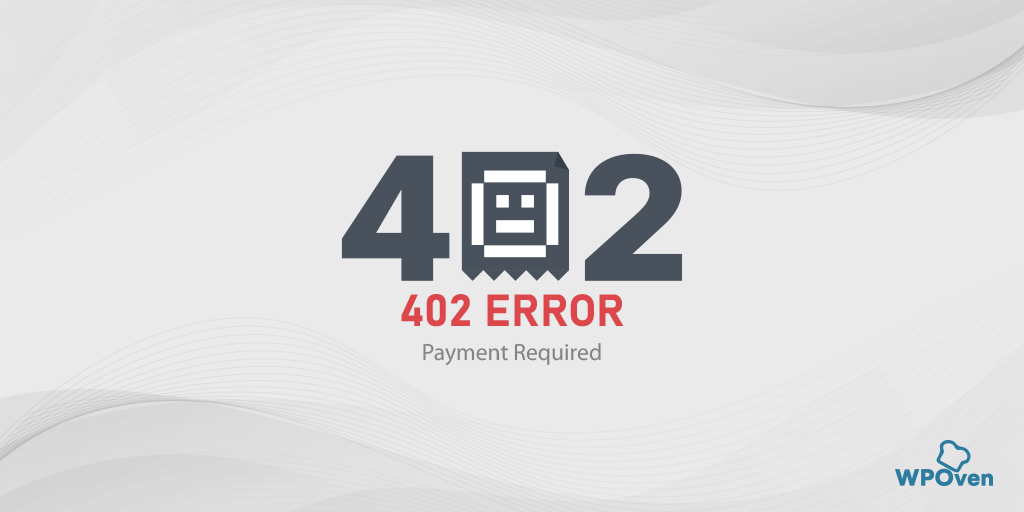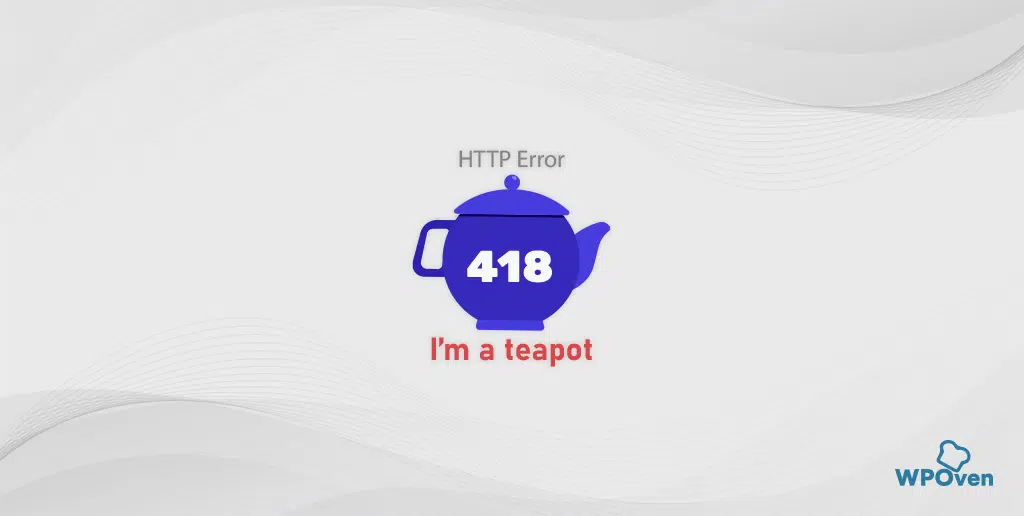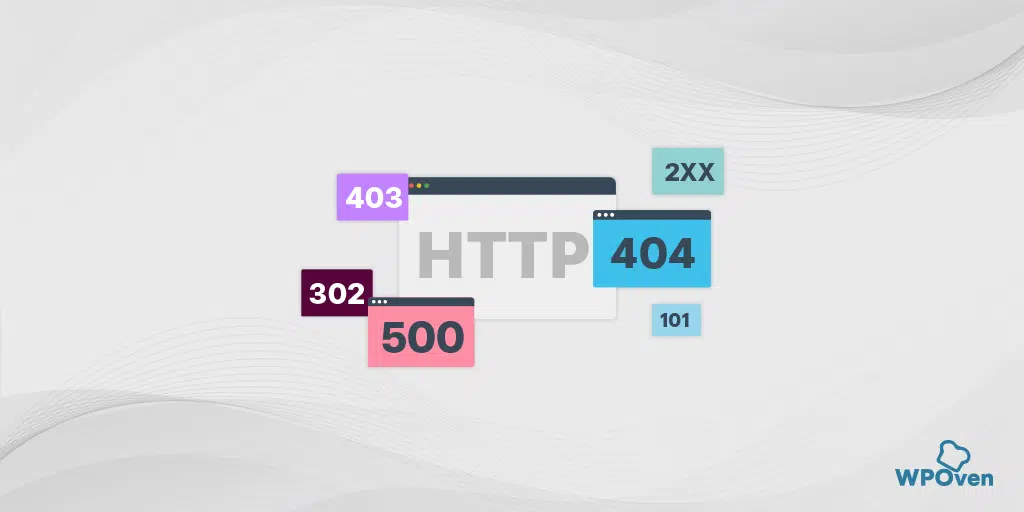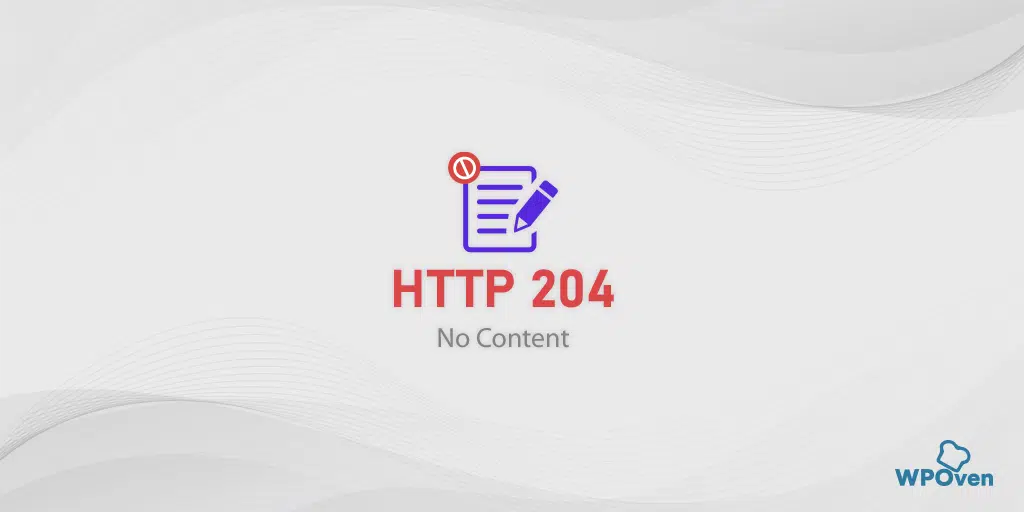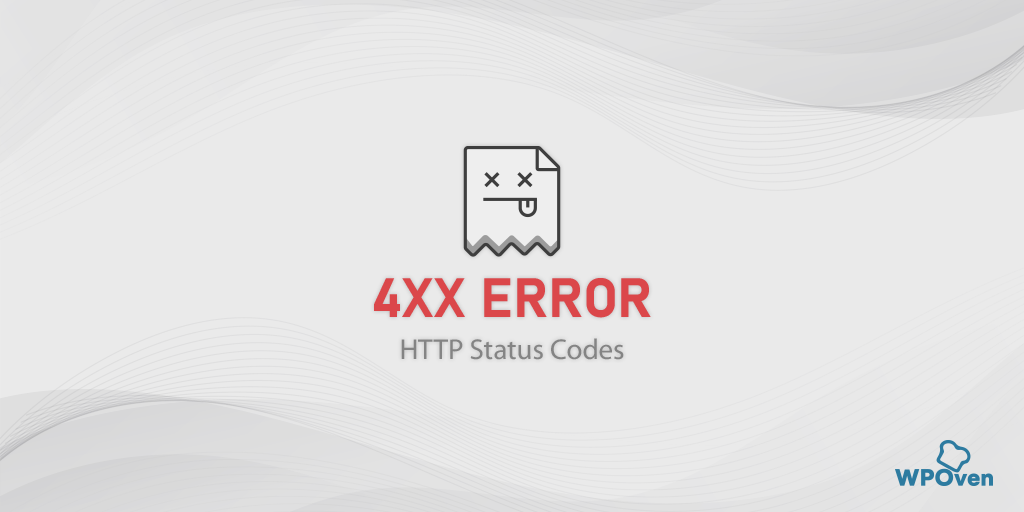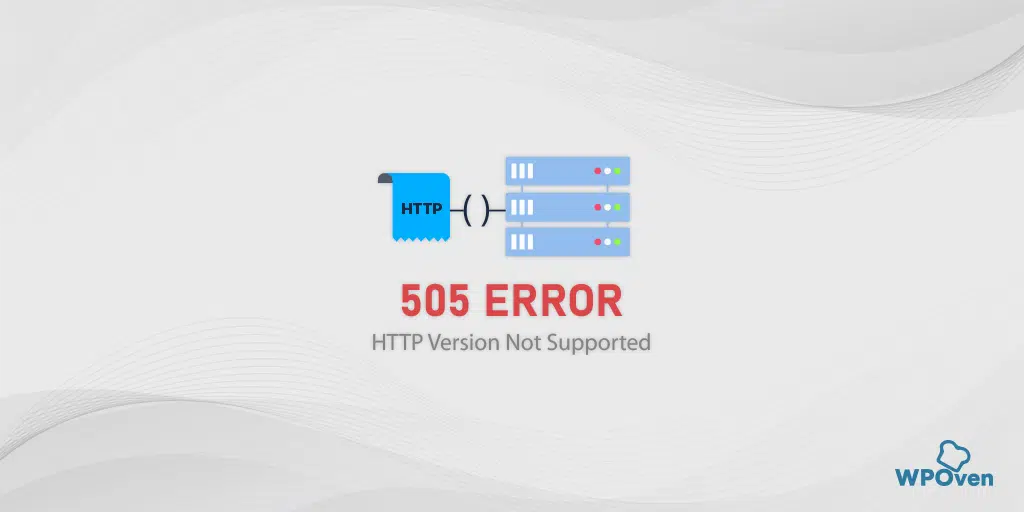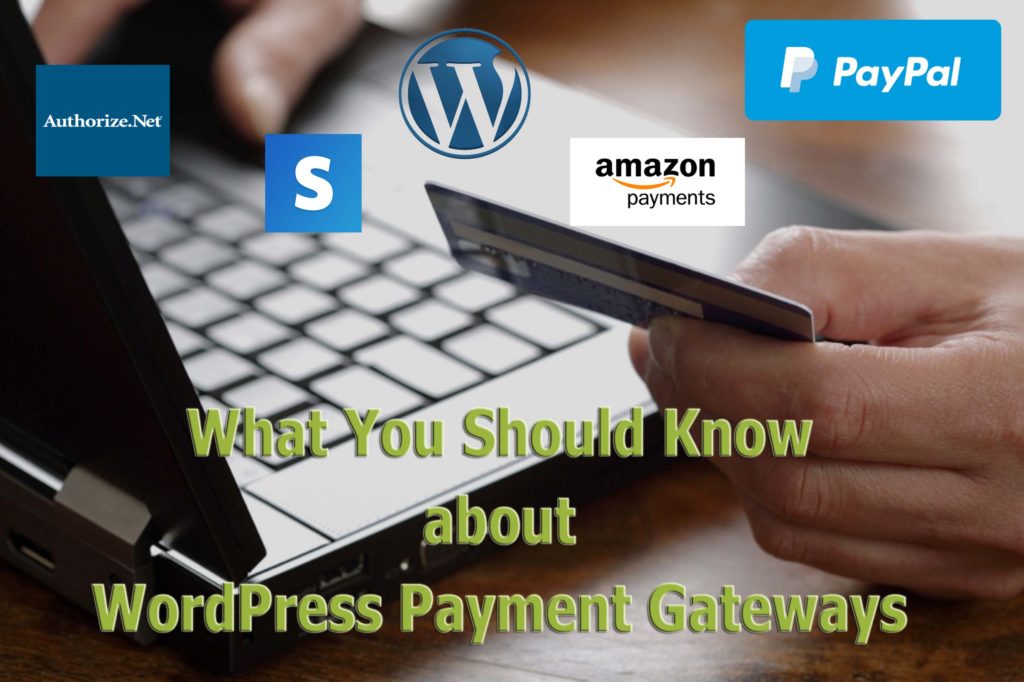You may not have heard of the HTTP 402 status code before. It is a bit different from other status codes and is not considered a standard response. As a result, most browsers do not utilize it.
This status code, also known as “Payment Required” lets you know that payment is needed to access the content you want. Therefore, whenever you see an HTTP 402 status code, it generally means that there was a payment issue.
HTTP 402 is very crucial for businesses that offer services or products online. It enables them to ensure that customers pay for the content or services they want before accessing them. This helps to ensure fair compensation for the provider and maintain a sustainable business model
In this post, we will guide you through every aspect of the HTTP 402 status code, also known as the “Payment Required” error. We will discuss what it means, what causes it, and provide different solutions to fix this error easily. Let’s get started!
How to fix HTTP 402 Error?
It’s frustrating when you come across an HTTP 402 error code and have no idea how to fix it. Unfortunately, since there’s no universal solution to this error, it can be challenging to determine what’s causing it.
There are several ways to fix the HTTP 402 error:
- Carefully read the error message: This message is usually informative and can shed light on why the payment is required. It could be due to a variety of payment-related issues, such as an expired subscription or insufficient funds. Make sure to review the message carefully to identify the specific problem that’s causing the HTTP 402 error.
- Check payment details: Typically, this error code is associated with online payment issues, such as your card being declined. If you receive this error while making a payment, check your payment details to ensure that they are accurate and up-to-date.
- Use a different payment method: If your payment is declined, try using a different payment method. Sometimes, payment methods may expire or become invalid, so it’s always a good idea to have backup payment options.
- Contact customer support: If you are having trouble with payment, reach out to the customer support team of the website or service to get assistance with resolving the issue.
- Clear cache and cookies: Sometimes, clearing your browser’s cache and cookies can help to resolve the error. This will remove any stored information that may be causing conflicts with the payment processing system.
- Update browser and payment system: Ensure that you are using the latest version of your browser and payment system. Updates can often include bug fixes and improvements that can help prevent the HTTP 402 error.
- Check documentation: If you’re unsure why you’re seeing a 402 error, the best thing to do is check the documentation for the platform or software you’re using.
- Wait and try again: In some cases, the HTTP 402 error may be temporary. If you have tried all the above steps and the error persists, wait for a while and try again later. The payment processing system may be experiencing technical difficulties that are causing the error.
If you’ve tried providing the correct payment information or retrying the request and the issue persists, don’t hesitate to reach out to the same service provider or organization that is in charge of the payments system. They will be able to provide additional support and help resolve the issue that’s causing the HTTP 402 error.
Fortunately, if you’re running a WordPress website with eCommerce plugins like WooCommerce, you shouldn’t have to worry about your visitors encountering HTTP 402 error codes. These statuses don’t appear anywhere, so you shouldn’t have to spend time troubleshooting them on your WordPress site.
Read: 🚩 14 Most Common WordPress Errors and Their Quick Solutions
Brief Overview of HTTP Status Codes
HTTP status codes are standard response codes that indicate the status of a request made by a user to a web server. These codes are three-digit numbers that are generated by the server to communicate the status of the request to the user’s browser.
HTTP status codes are divided into five classes, each of which represents a different type of response from the server.
Types of HTTP status codes There are five classes of HTTP status codes:
- 1xx (Informational): Indicates that the request was received and is being processed.
- 2xx (Success): Indicates that the request was successfully received, understood, and accepted.
- 3xx (Redirection): Indicates that further action is needed to complete the request.
- 4xx (Client Error): Indicates that the request was invalid or cannot be completed by the server.
- 5xx (Server Error): Indicates that the server failed to fulfill a valid request.
Each HTTP status code has a specific meaning and purpose. Some common HTTP status codes include:
- HTTP 200 (OK): Indicates that the request was successful.
- HTTP 404 (Not Found): This indicates that the requested resource could not be found.
- HTTP 500 (Internal Server Error): This indicates that the server encountered an error while processing the request.
Read: 🚩 A Complete Guide to Understanding HTTP Status Codes
What Does HTTP 402 Status Code Mean?
HTTP 402 is a status code that indicates payment is required to access the requested resource. It is a nonstandard status code, that is specially reserved for future use.
This tool is specially created to transform digital payments by enabling digital cash or micropayment systems.
It is a client error status code, which means that the request was invalid or cannot be completed by the server due to an error on the client’s end.
When a user requests a resource that requires payment, the server sends an HTTP 402 status code to the user’s browser. However, the server cannot grant access to the resource until payment is received.
As a result, the browser displays a message notifying the user that payment is necessary to access the resource. The message may also provide further details on how to make the payment and obtain access to the resource.
The user can then take action by providing payment and gaining access to the resource.

HTTP 402 Status Code Example
Example Response
HTTP/1.1402 Payament Required
Date: Tue, 11 Nov 2023 06:30:00 GMT
What Causes HTTP 402 “Payment Required” Error?
Many platforms use HTTP 402 error codes in different ways:
- Some platforms use it to indicate payment errors.
- Some platforms use this HTTP 402 error code for internal troubleshooting purposes.
- The HTTP 402 “Payment Required” error is triggered when a user attempts to access a resource that requires payment, but payment has not been provided or has been declined.
- Issues with the payment gateway or processing system can also cause this error.
- Incorrect payment details or expired payment methods can also trigger the HTTP 402 error.
- Technical difficulties with the website or service may prevent the payment from being processed correctly, leading to an HTTP 402 error.
Note: Since the HTTP 402 status code is still under development and not widely used by browsers, it is currently reserved for future use. Therefore, you may not see the error message at the browser level.
Summary
We’ve covered almost all the major points regarding the HTTP 402 status code, also known as the “Payment Required” error. Here’s a quick summary of the key points you should keep in mind:
- HTTP 402 is a status code that indicates a user needs to pay to access a particular resource.
- This error is not yet widely used, but some platforms may utilize it in different ways.
- The specific cause of the error can vary, but it’s often related to payment-related issues, such as a declined card.
- There’s no one-size-fits-all solution for fixing the error, but the first step is usually reviewing the response message to determine the specific issue.
If you encounter an HTTP 402 error, there is nothing to worry about. Just review the response message carefully to identify the root cause of the issue.
If you’re still not able to figure out what’s causing the error or how to resolve it, don’t hesitate to reach out to the service provider or organization responsible for handling payments.
At last, if you are looking for E-commerce hosting solutions, that can assist you in fixing all your e-commerce-related issues. Check out our WPOven’s e-commerce plans based on managed VPS WordPress hosting and completely focus on your online business with peace of mind.
If you noticed anything that we might have missed mentioning in this post, or if you would like to add your valuable insights to it, please feel free to share your thoughts in the comment section below. We always welcome your feedback and suggestions!
Frequently Asked Questions
What is HTTP 402?
HTTP 402 is a status code that indicates payment is required to access the requested resource. It is a nonstandard status code, that is specially reserved for future use.
What is 404 and 402 error code?
A 404 error means that the requested page is not found, while a 402 error means that payment is required to access a resource.
What is 402 Access Denied?
In most cases, if you’re trying to access a resource that requires payment and you’re not using an authorized payment channel, you’ll receive a 402 Access Denied error message.

Rahul Kumar is a web enthusiast, and content strategist specializing in WordPress & web hosting. With years of experience and a commitment to staying up-to-date with industry trends, he creates effective online strategies that drive traffic, boosts engagement, and increase conversions. Rahul’s attention to detail and ability to craft compelling content makes him a valuable asset to any brand looking to improve its online presence.

